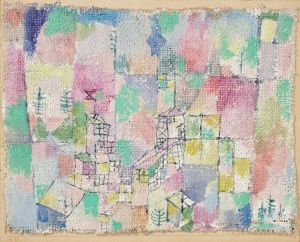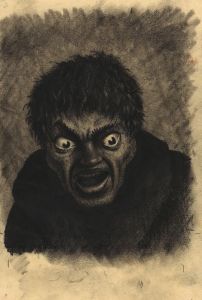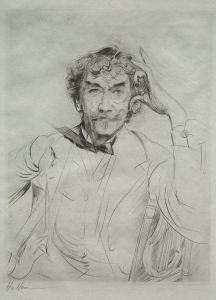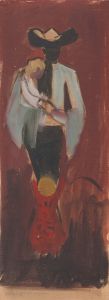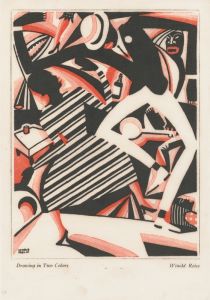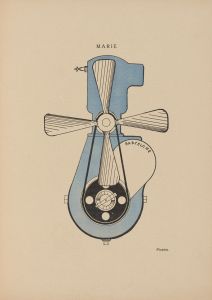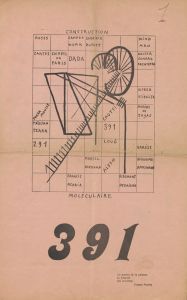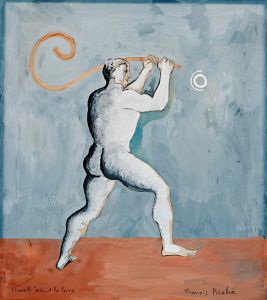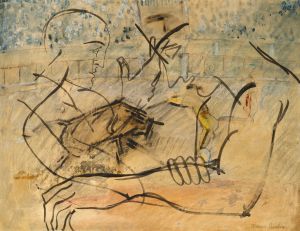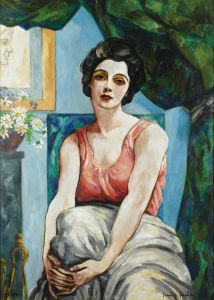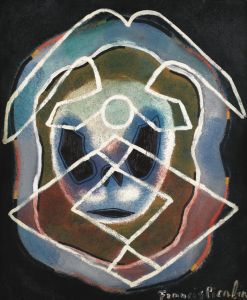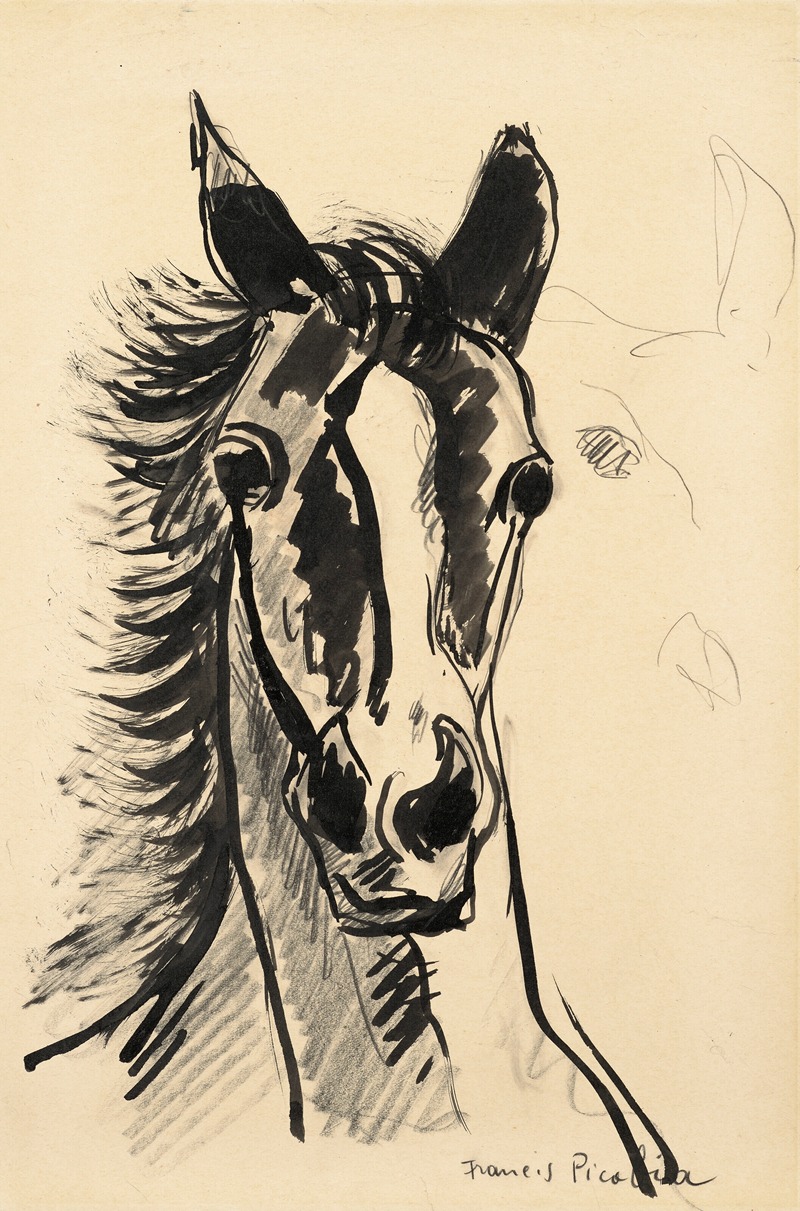
Tête de cheval
A hand-painted replica of Francis Picabia’s masterpiece Tête de cheval, meticulously crafted by professional artists to capture the true essence of the original. Each piece is created with museum-quality canvas and rare mineral pigments, carefully painted by experienced artists with delicate brushstrokes and rich, layered colors to perfectly recreate the texture of the original artwork. Unlike machine-printed reproductions, this hand-painted version brings the painting to life, infused with the artist’s emotions and skill in every stroke. Whether for personal collection or home decoration, it instantly elevates the artistic atmosphere of any space.
Francis Picabia's "Tête de cheval" is a notable work within the artist's diverse and eclectic oeuvre. Picabia, a French avant-garde painter, is known for his role in the Dada movement and his exploration of various styles throughout his career, including Impressionism, Cubism, and Surrealism. "Tête de cheval," which translates to "Head of a Horse," reflects Picabia's interest in abstraction and his tendency to challenge traditional artistic conventions.
Picabia was born in 1879 in Paris and became an influential figure in the early 20th-century art scene. He was associated with several avant-garde movements and was known for his experimental approach to art. His work often defied categorization, as he frequently shifted styles and techniques. This adaptability is evident in "Tête de cheval," which showcases his ability to blend different artistic influences.
The painting "Tête de cheval" was created during a period when Picabia was deeply involved with the Dada movement. Dada was an avant-garde movement that emerged in the early 20th century as a reaction to the horrors of World War I. It was characterized by its anti-establishment ethos, its embrace of absurdity, and its rejection of traditional artistic values. Picabia was a key figure in the Dada movement, and his work often embodied its spirit of irreverence and innovation.
"Tête de cheval" is an abstract representation of a horse's head, and it exemplifies Picabia's interest in deconstructing familiar forms. The painting does not aim to realistically depict a horse but instead uses geometric shapes and bold lines to suggest the essence of the subject. This approach aligns with the Dadaist tendency to subvert expectations and challenge viewers' perceptions.
Picabia's use of abstraction in "Tête de cheval" can also be seen as a reflection of his engagement with Cubism, a movement that sought to represent subjects from multiple perspectives simultaneously. While Picabia's work does not adhere strictly to Cubist principles, it shares the movement's interest in breaking down forms into geometric components.
Throughout his career, Picabia was known for his willingness to experiment and his refusal to be confined by any single style or movement. This openness to change is evident in "Tête de cheval," which, like much of his work, defies easy classification. Picabia's ability to blend elements of Dada, Cubism, and abstraction speaks to his innovative spirit and his desire to push the boundaries of art.
"Tête de cheval" is a testament to Picabia's role as a pioneer of modern art. His work continues to be celebrated for its originality and its influence on subsequent generations of artists. Picabia's legacy is marked by his commitment to exploring new ideas and his rejection of conventional artistic norms. "Tête de cheval" remains an important example of his contribution to the development of 20th-century art, reflecting both his individual vision and his engagement with broader artistic movements.





